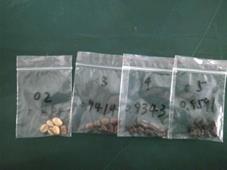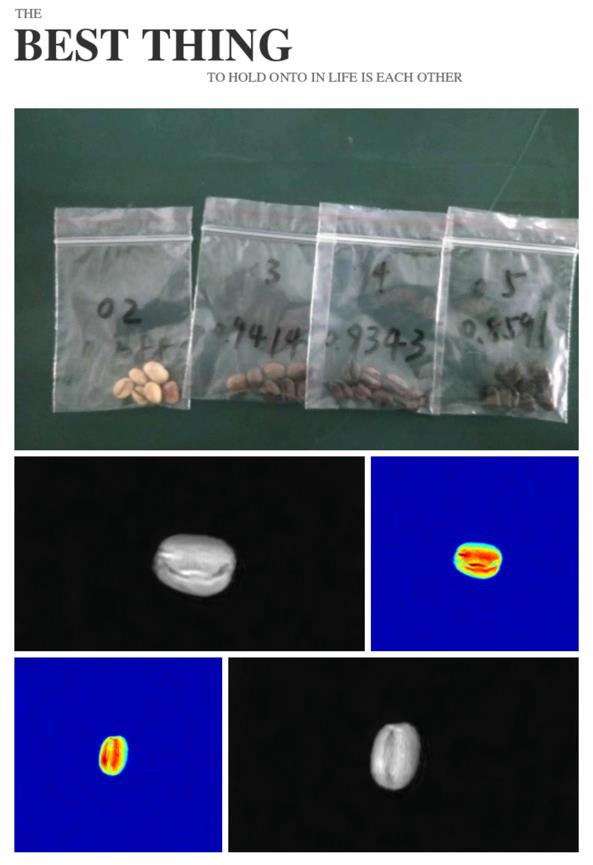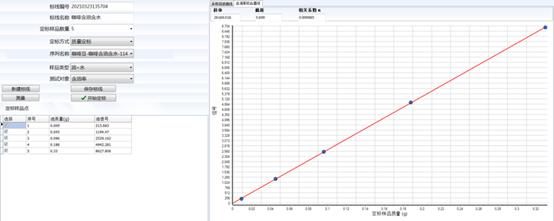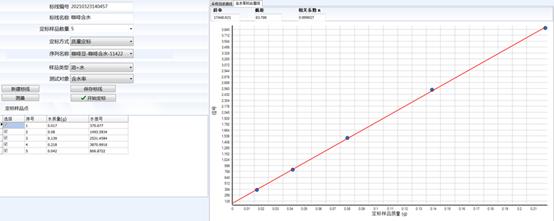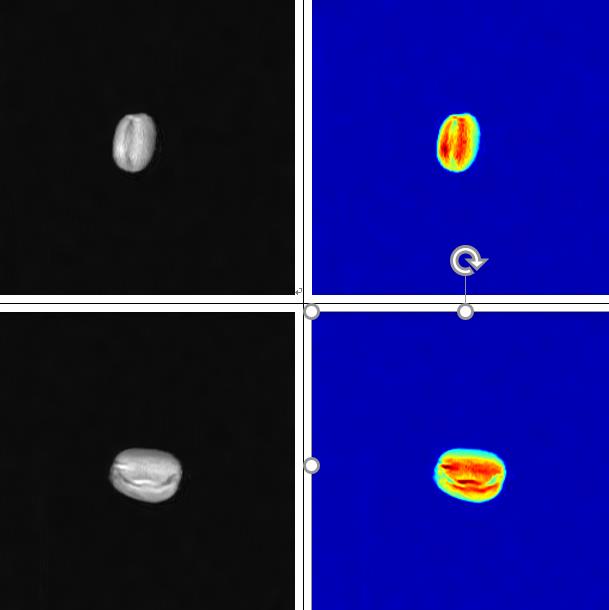Seeds oil content measurement
NMR is a rapid, simple and non-damaging technique for the determination of seeds oil content. This technology has been used for the determination of different seeds oil content. Such as rapeseed, soybean, peanut, sunflower seeds and other oil seeds. This paper introduces the NMR technique to determine the seeds oil content of coffee seeds.
Coffee beans refer to the fruit of plants used to make coffee. The seeds oil content and seeds water content of coffee beans determine the taste of coffee. Different roasted coffee beans will result in different tastes of coffee. How to tell if coffee beans are roasted properly? It is very important to detect seeds oil and moisture content of coffee beans.
The principle of seeds oil content test by NMR analyzer
The content of hydrogen protons of different components in the sample can be determined by the rate of NMR relaxation. In roasted coffee seeds, the water is tightly bound to the solid matrix, while the oil is free. The water signal and the oil signal can be separated according to the difference of the relaxation speed, so as to realize the seeds oil content test.
The measurement was performed using a spin echo sequence. The figure below shows the spin echo sequence and the detected NMR signal. The free induction decay (FID) NMR signal was measured at t1 after the 90-degree RF pulse. The signal amplitude (A1) at this time is the sum of the signals of water and oil in the sample. After the 180-degree pulse, the amplitude of the detected spin echo signal is A2. At this time, the signal of water has been attenuated to 0, and A2 is only the signal of oil. The seeds oil content can be quantitatively tested according to the corresponding relationship between the signal intensity and the H content.
Seeds Oil content, T2 imaging test of different roasted coffee beans by NMR Analyzer
Table 1 The mass of the sample weighed for calibration
Calibration line of Oil samples
Calibration line of water samples
The above two pictures are the calibration results of soybean oil and aqueous solution when testing the oil-containing water content, and the correlation coefficient of the obtained marking line is above 0.999.
Table 2: NMR instrument test result of coffee beans
The above table 2 shows the results of seeds oil content and moisture content obtained by different roasted coffee beans. The 02# sample was not roasted, and the 03#, 04# and 05# samples were roasted to different degrees. From the test results, the 02# sample The seeds oil content is lower than the seeds oil content after baking, but the water content is higher.
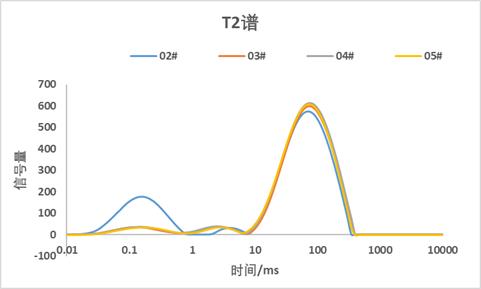 Fig.4 T2 spectrum of each sample
Fig.4 T2 spectrum of each sample
Table 3 T2 relaxation value of each sample
Figure 4 and Table 3 above are the results of the quality normalization of the test data of each sample; it is drawn from the figure that after baking, the strongly bound water peak drops significantly, and the T22 relaxation moves to the left; 02# total peak The area is larger than the other three samples.
The above is an imaging image of 1 grain of each of the 2 samples, which shows the distribution of oils and fats in coffee beans.
Conclusion of seeds oil content test by NMR
Low-field NMR analysis technology can be used to detect the seeds oil content and seeds water content of coffee beans, T2 distribution and imaging tests.
 NIUMAG
NIUMAG

